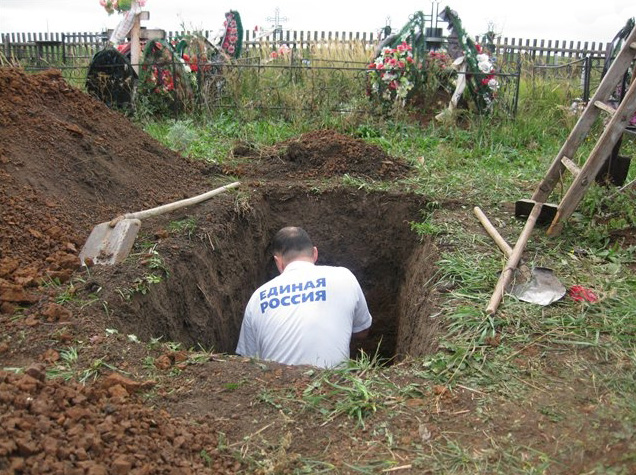Just before the May holidays, Russia’s state statistical agency released figures on births, deaths and marriages that Moscow may hope no one will notice because they are so bad; but Russian economists have sounded the alarm that the population decline they point to may make impossible for the Russian economy to grow in the future.
The number of children born in Russia during the first quarter of 2017 was 412,000, down from 458,000
in the same period a year earlier for a decline of 10 percent. And although mortality fell by one percent, the number of deaths exceeded the number of births by 76,000 or 19 percent.
This pattern was observed throughout the country. Indeed, in contrast to the past where Muslim regions showed higher numbers of births relative to deaths than elsewhere, in the first quarter just completed, there was only a single federal subject where that was true, Rosstat says, the Chukchi Autonomous District.
Other bad demographic news included an increase in the number of divorces
compared to the number of marriages. During the first quarter, there were 84 divorces for every 100 marriages, a pattern that almost guarantees that “in 2017, a loss of population will again be renewed in Russia.”
On Thursday, Maksim Topilin, the labor minister, told Vladimir Putin that the situation reflects declines in the size of the prime child-bearing age cohort among women, a decline that he projects will continue. Now, there are just over 22 million women aged 20 to 39; in 2025, there will be only 15 to 16 million.
But there is even worse news, Topilin continued, Russian women are again deciding to have fewer children. To reproduce the population, they need to have “no fewer than 2.1” per woman. In 2015, the maternal capital program and other incentives succeeded in raising the number to 1.78
, but in this year, it has again fallen to 1.65.
That means Russia will have not only fewer children but fewer working age adults to support an aging population. Former finance minister Aleksey Kudrin projects a decline in the number of working-age Russians to be 10 million 15 years from now.
The only way to compensate for these demographic trends, experts say, is to boost fertility rates, extend life expectancy, or accept a massive influx of immigrants from Central Asia. The first has proved very difficult to do, the second is undercut by Putin’s health “optimization” cutbacks, and the third is opposed by a majority of Russians.
Either Moscow will have to change course radically, or Russia’s demographic decline, which Putin has claimed to have stopped, will not only return but accelerate as each succeeding generation has fewer potential mothers and each mother chooses to have fewer and fewer children.
Related:
- Seven things Russians need to understand about their country and themselves now
- Russian military’s spring draft shaped by demography and economics
- Chinese to become second largest ethnicity in Russia, Moscow demographer says
- "Even large Russian cities are beginning to die" and other neglected Russian stories
- ‘Islam is changing Russia rapidly and profoundly,’ Polish writer says
- Russian aggression in Ukraine reflects major demographic considerations
- Moscow scrambling to fill ranks of its forces in Syria and elsewhere
- Ethnic clashes replacing ‘dedovshchina’ abuse in Russian military units, Moscow paper says
- Is the Russian Army about to get a Central Asian face?
- Russian soldiers’ mothers group helping 7,000 soldiers and family members every year
- Fewer Russians but more Russian speakers: The changing face of Russia




